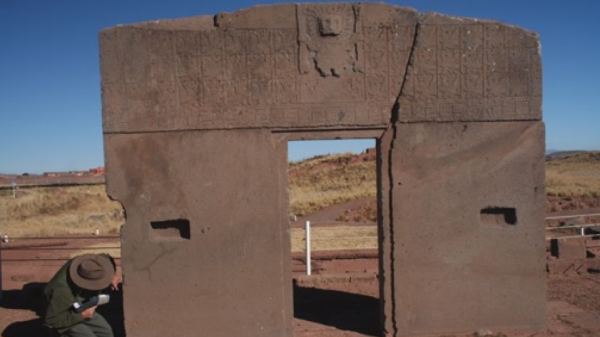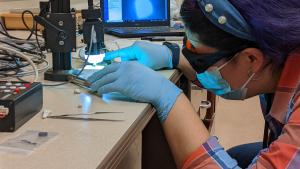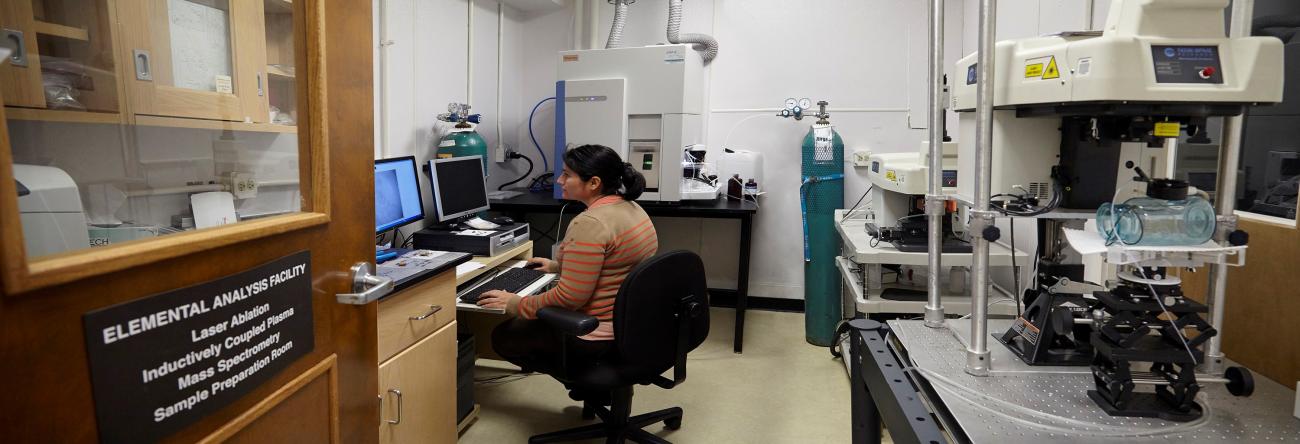The Elemental Analysis Facility was founded in 2004 at The Field Museum of Natural History in Chicago and expanded to the School of Human Evolution and Social Change at ASU in 2024. We work to further the scientific understanding of human evolution, culture, society, and diversity through field and collections-based research. EAF researchers are archaeological scientists who use modern technology to study the human story. We participate in survey and excavation projects around the globe and in collections-based research on existing archaeological items at the Field Museum, at ASU, and beyond. We aim to elucidate the nature of human economic activity and interconnections between societies over the millennia. The EAF contains instrumentation that allows for the rapid compositional analysis of materials collected during excavations and field work conducted by our teams. These methods of compositional analysis are also revealing new information about collections that have been housed at museums like the Field for over a century.
Research

While our colleagues at the ACL at ASU focus on isotopic indicators of paleodiet and paleomobility, we focus on elemental analysis data for identifying the geological sources of clays and minerals, obsidian and other stone, metal ores, and glass among other items of paleo-economic importance. Thus, the EAF is focused on identifying trade and exchange in ancient economies, production technologies, the landscapes of geochemical variation, and the movement of objects.
EAF@ASU houses an Thermo Niton XL3T portable X-ray Fluorescence lab, an archaeogeophysics lab, and collaborates with the ASU METAL lab for LA-ICP-MS applications, as well as MC-ICP-MS, GC-MS, and IRMS.
The Elemental Analysis Facility (EAF) at The Field Museum consists of an Inductively Coupled Plasma-Mass Spectrometry (ICP-MS) laboratory, an X-ray Fluorescence laboratory, a portable Raman Spectrometer, and an optical mineralogy laboratory. All instruments at both institutions are available to EAF users. Furthermore, the Field Museum’s extensive anthropological collections provide a comprehensive resource of source material, including comparative geoarchaeological samples.
People
The EAF is directed by Professor Ryan Williams, and the facilities at The Field Museum are managed by Dr. Laure Dussubieux.

Students:
Field Museum EAF alumni include over 40 PhDs and 100 collaborators throughout the world. Dissertating universities include UIC, Vanderbilt, Northwestern, Rice, Chicago, UW-Madison, UT-Austin, SIUC, Berkeley, Michigan State, Penn, Arizona, UCSB, NYU, Brown, and more. International dissertators come from McGill, Uppsala, University College London, UST-Beijing, and U Queensland.
We have had ten undergraduates participate as field interns with independent EAF projects in Peru through NSF Research Experience for Undergraduate supplements at the Field Museum over the years.
Publications
The EAF at the Field Museum has produced over 230 research articles, 44 PhD dissertations, 10 theses, three edited books or journal special issues, and dozens of news stories in the press over the past two decades.
